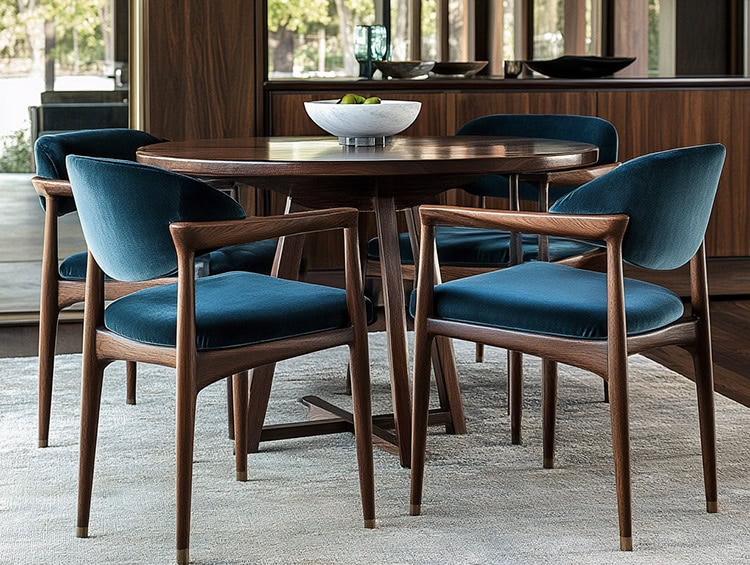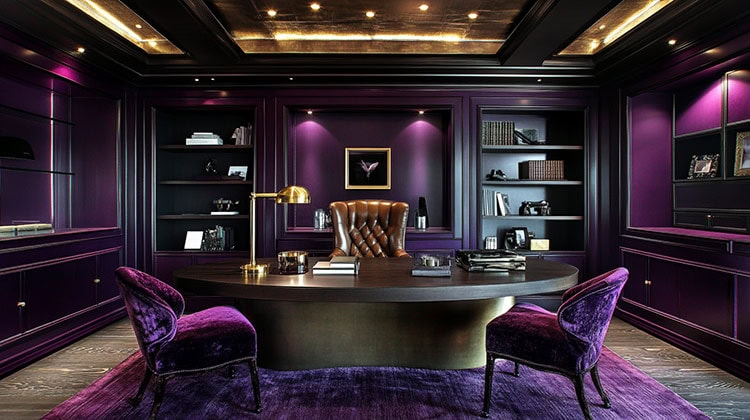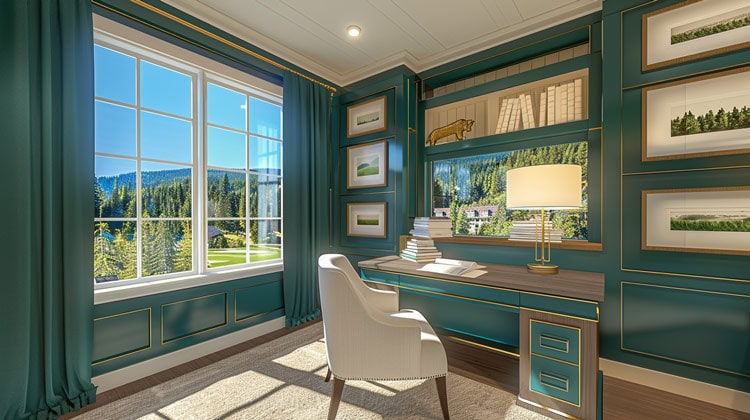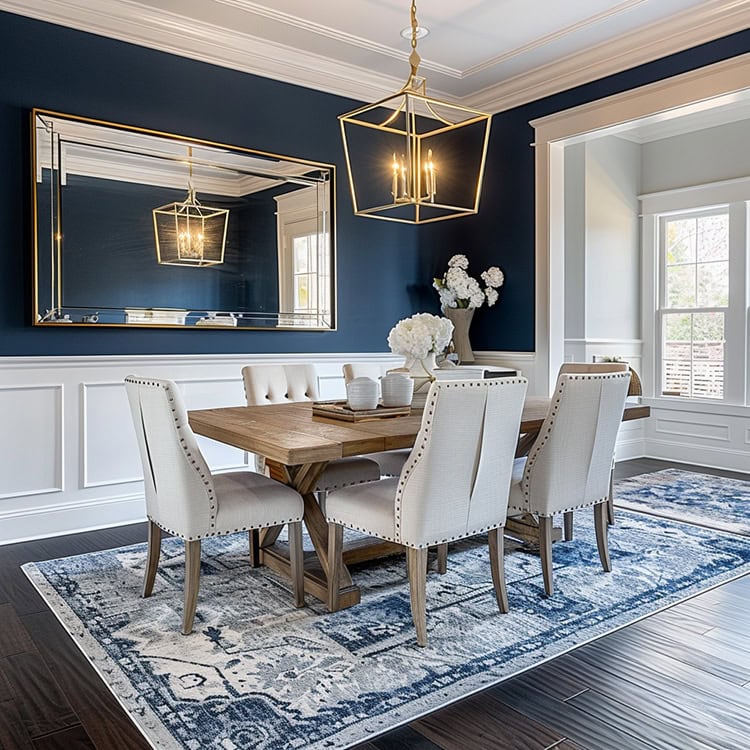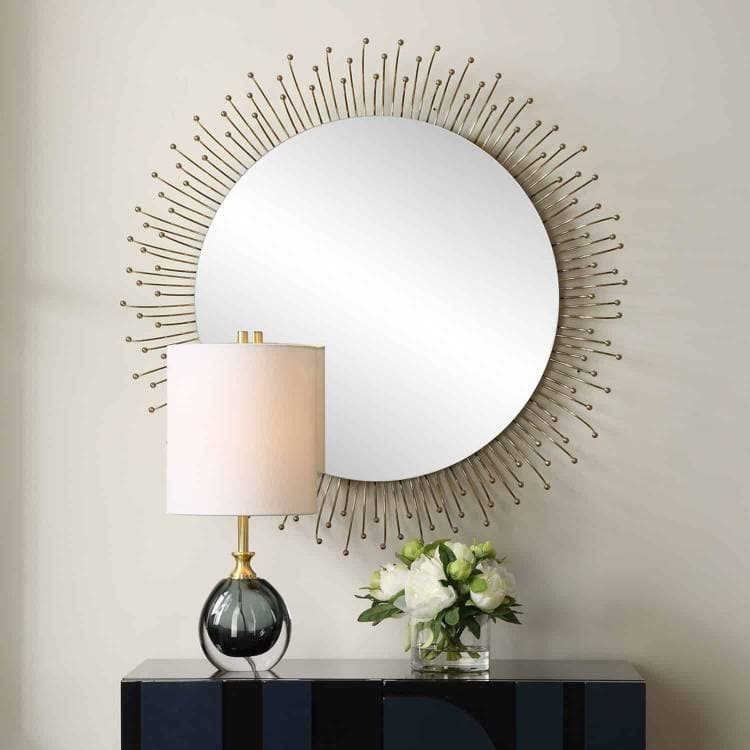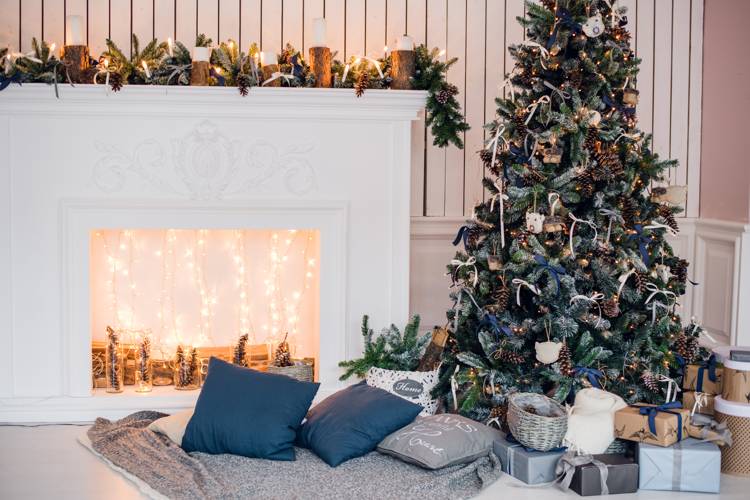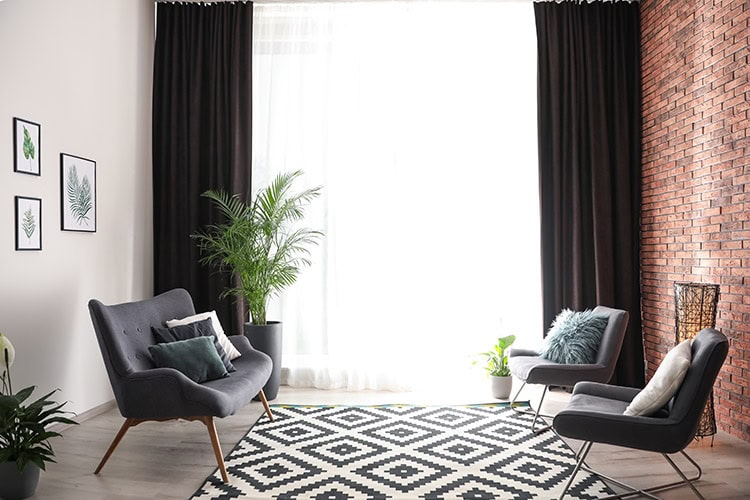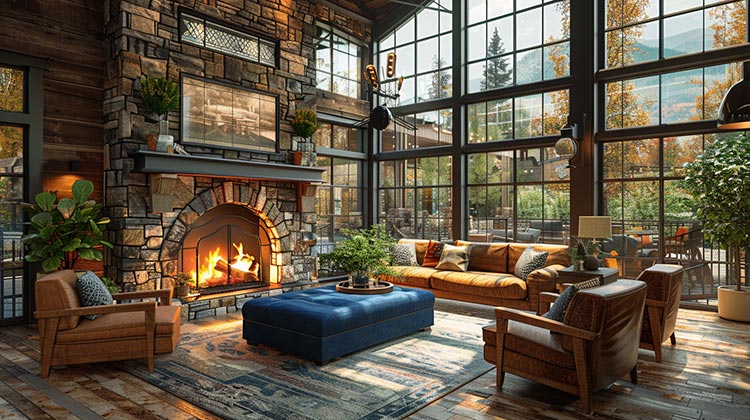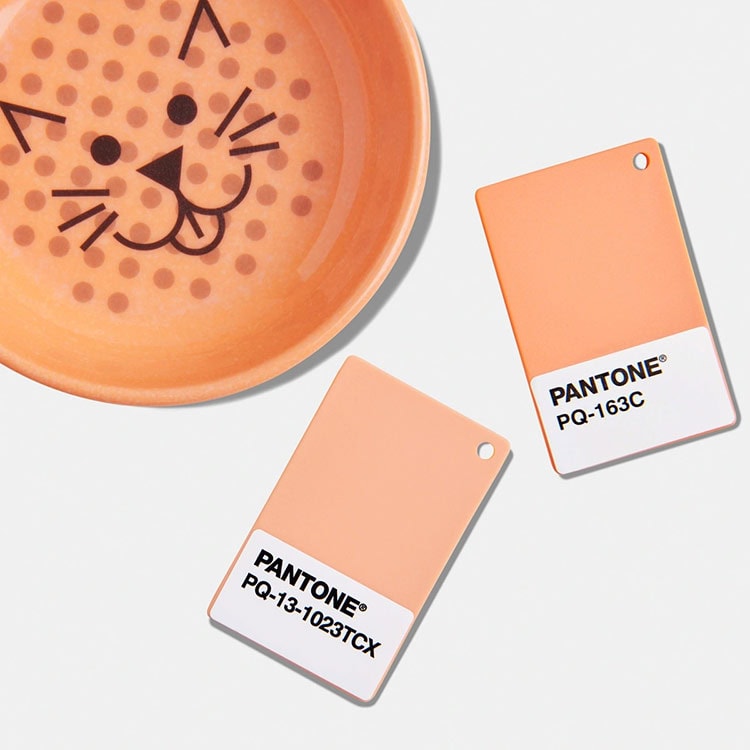Let’s get one thing straight: there is no need to match all the wood tones in your home. Honestly, this was never meant to be a decorating rule — and for good reason. If everything within the space matches, nothing stands out and the room falls flat. The good news is that people are catching on, putting more focus on layering in various wood furnishes in order to create a more eclectic, curated look that’s visually appealing. But what is the secret to mastering it? While there really is no magic formula, there are some guidelines that can better equip you to mix and match wood tones confidently. From contrasting tones to patterned grains, here are 5 tips for mixing wood tones within your home like a pro.
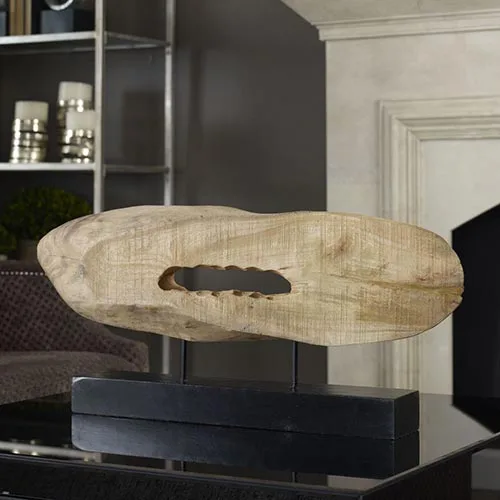
1. Pick a Dominant Undertone
Picking a dominant wood tone as a starting point can really make it easier to choose what other pieces to bring into the room. If you have wood floors, then obviously, you don’t have to look elsewhere. If you don’t, however, go with the biggest piece of wood furniture you have and let that be your jumping-off point.
2. Pay Attention to Undertones
Shades of wood vary from light to dark, but undertones are what can bring them together. To determine if the mix you have in mind is a good one, look at the grain in the wood. It’s there you’ll pick up on hints of common undertones that are warm, cool, or neutral. If the undertones are in the same family, it’s easier to create a coherent thread.
3. Play With Contrast
Contrast is a great way to ramp up the visual interest within a space and there a couple of easy ways to do this. One would simply be to choose woods that are the complete opposite in color (e.g. light and dark). Another would be to incorporate pieces that are made of different materials, such as a metal coffee table, a sofa covered in a cozy fabric, or backsplash tiles (if mixing woods in a kitchen or bathroom). To keep it looking international, thus providing continuity, be sure to repeat shades throughout.
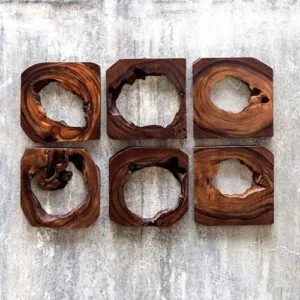 4. Break it Up With a Rug
4. Break it Up With a Rug
Breaking up your wood elements with an area rug can make a huge difference, especially if your furniture and wood floors have a similar wood tone. Rather than running together, the area rug will make it obvious that there are two distinct wood tones to focus on.
5. Tie it Together With an Accent Color
If you aren’t sure about the final product, tie the different finishes and styles together with an accent color. Using a common color on all various finishes throughout the room can instantly create a harmonious look.
Whether you’re looking for furniture or fabrics, we’ve got something to suit every style. Stop by one of our showrooms today to check out our gorgeous selection of furnishings, accessories, and discount designer fabrics.

